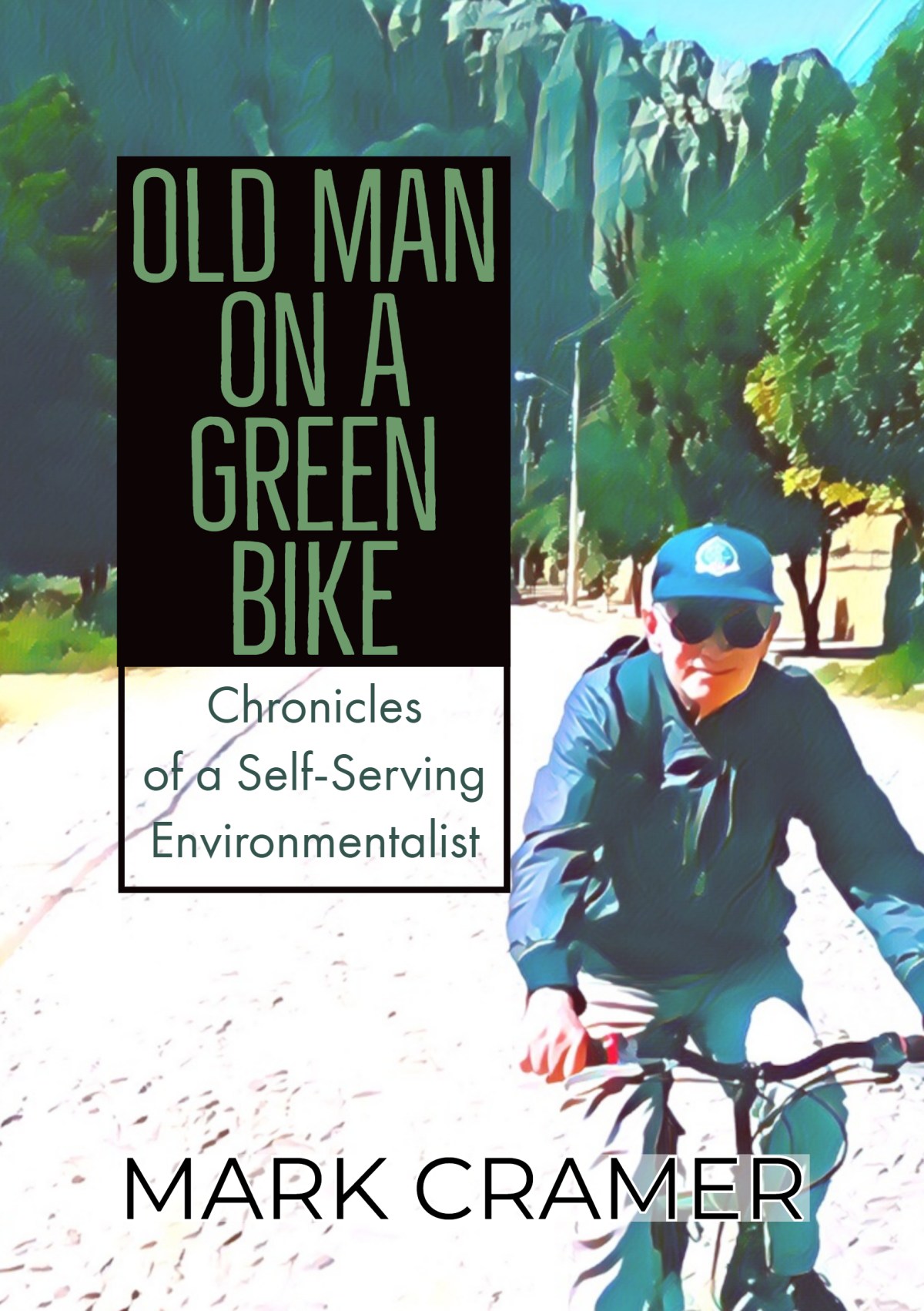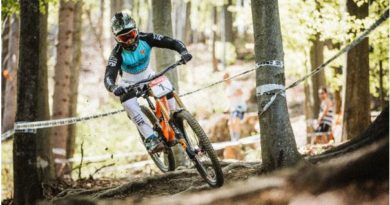Old Man on a Bike: a story of how cycling keeps us all young
Mark Cramer, commentator on the subject of cycling into later life and best practice infrastructure has released a new book filled with incredible stories of how cycling contributes positively to society the world over.
 Sourced from around the globe, Cramer’s title – Old Man on a Green Bike: Chronicles of a Self-Serving Environmentalist – details his fascination with the tangible benefits cycling has delivered to his life, as well as best practice examples of how cycling has been allowed to flourish around the world.
Sourced from around the globe, Cramer’s title – Old Man on a Green Bike: Chronicles of a Self-Serving Environmentalist – details his fascination with the tangible benefits cycling has delivered to his life, as well as best practice examples of how cycling has been allowed to flourish around the world.
From reallocating rarely used pavements to shared use lanes in France, to the La Paz cable car in Bolivia that helps cyclists cope with the drastic elevation change, Cramer’s chronicles are noteworthy for the diversity in his case studies, now detailed in print.
For transport planners, the book is a goldmine of stories on how urban environments can be changed to benefit people’s lives and improve the city’s flow.
On the subject of bike lanes, Cramer assesses the formula for getting more people out on bikes, concluding within his book – as many studies have also – that there is no better incentive than to create protected cycle lanes.
“The book was developing organically for 19 years,” says Cramer in the below BikeTalk podcast discussing the content. “I enjoy vicarious travel, especially when a bike is part of it.
“My message here is human energy and my message is that there’s something called a rebound effect that says you can balance toxic energies. If people get a more energy saving vehicle they’ll decide to use it more – it’s called the rebound effect. Human energy has to be part of the equation for stopping global warming or at least improving the climate change situation.”
To promote the launch Cramer recently completed a 1,000 km bike ride to publicise the glories of human energy transport, as sponsored by a French environmental organization.
“It was 29 days and I averaged 34.5 km per day,” Cramer told CI.N.
Cramer has penned numerous columns for CI.N talking about the subject of later life cycling and outlining what each generation might be worth to the bicycle trade in sales terms. He also wrote an assessment of what the older cyclist is looking for from the cycling industry.
In a separate piece he asked: Have Baby Boomers a societal debt to young cyclists?
He is also the author of “Urban Everesting”, a title detailing the 21 best cities around the world for urban hiking and climbing. Urban Everesting is defined as climbing the same elevation as Everest by repeatedly completing an urban staircase or hill by foot or bike.


